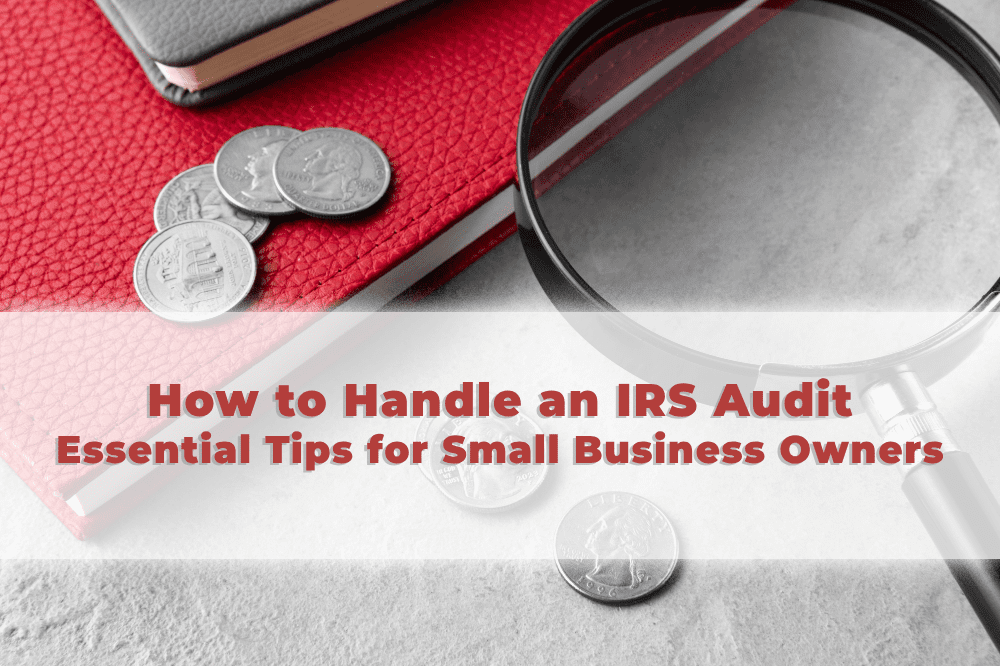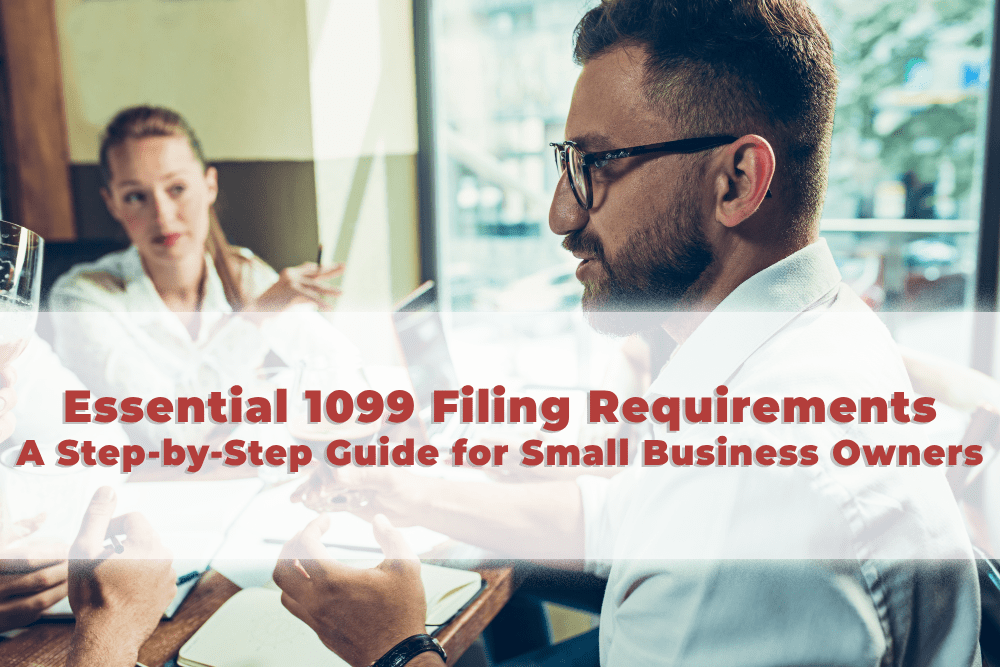When it comes to tax season, one of the most important tasks for small business owners is filing Form 1099. If you’ve hired independent contractors, freelancers, or made other payments that qualify, staying on top of 1099 Filing Requirements for Businesses is critical. Missing deadlines or filing incorrectly can result in penalties. Here’s a comprehensive, step-by-step guide to help you understand the process.
What is Form 1099 and Who Needs It?
Form 1099 is an IRS document used to report payments made to individuals or entities that aren’t employees. Common examples include payments to freelancers, independent contractors, and service providers.
Key Points:
- Threshold: You must issue a 1099-NEC (Nonemployee Compensation) to anyone you’ve paid $600 or more during the year.
- Independent Contractors vs. Employees: Contractors get 1099s, while employees receive W-2s.
- Other Payments: Rent, legal services, and royalties over $10 may also require a 1099.
Step 1: Gather the Necessary Information
Before you can file, you need accurate details for each contractor or vendor. Use Form W-9 to collect:
- Name or business name
- Taxpayer Identification Number (TIN)
- Address
Helpful Tip: If a contractor refuses to provide their TIN, you may need to withhold 24% of their payment for backup withholding.
Step 2: Determine the Right 1099 Form
Different types of payments require different 1099 forms. Here are the most common:
- 1099-NEC: For nonemployee compensation, including freelancers and contractors.
- 1099-MISC: For rent, prizes, and other miscellaneous payments.
- 1099-INT: For reporting interest payments.
Step 3: Choose Your Filing Method
You can file 1099s electronically or on paper.
- Electronic Filing: Use the IRS FIRE (Filing Information Returns Electronically) system. It’s fast, secure, and required for businesses filing 250+ forms.
- Paper Filing: You’ll need official red-copy forms, which can’t be printed from regular printers.
Important Dates:
- January 31: Deadline to send Form 1099 to recipients and the IRS.
You may also like to read:
How to Handle an IRS Audit: Essential Tips for Small Business Owners
An IRS audit can feel intimidating, but with the right knowledge and preparation, small business owners can handle it…
Read More

Step 4: Submit Copies to Recipients and the IRS
- Copy B: Send this to the payee (the contractor or vendor).
- Copy A: Submit this to the IRS.
- Copy C: Keep this for your records.
Many businesses use online services like QuickBooks or Gusto to streamline 1099 filing.
Step 5: Avoid Common Mistakes
To prevent penalties, double-check for these common errors:
- Incorrect TINs: Use the TIN Matching Tool on the IRS website.
- Filing Late: The IRS may charge up to $280 per form for late filings.
- Wrong Form: Ensure you’re using the correct form type, such as 1099-NEC for contractors.
Penalties for Non-Compliance
Fines can range from $50 to $560 per form, depending on how late you file. Intentional disregard could result in even higher penalties.
How to File Corrections
Mistakes happen. If you realize you’ve submitted incorrect information, file a corrected 1099 form as soon as possible.
Steps for correction:
- Check the “Corrected” box on the form.
- Submit the revised form to both the recipient and the IRS.
Why Accurate 1099 Filing is Crucial
Accurate filing ensures compliance with IRS regulations, protects your business from penalties, and maintains trust with contractors.
Pro Tip: Stay Organized Year-Round
Implement these strategies to make 1099 filing easier:
- Use accounting software to track payments.
- Request W-9 forms before paying contractors.
- Set reminders for filing deadlines.
Summary
Understanding 1099 Filing Requirements for Businesses doesn’t have to be overwhelming. By staying organized, using the right forms, and meeting deadlines, you can simplify the process and avoid unnecessary penalties.



